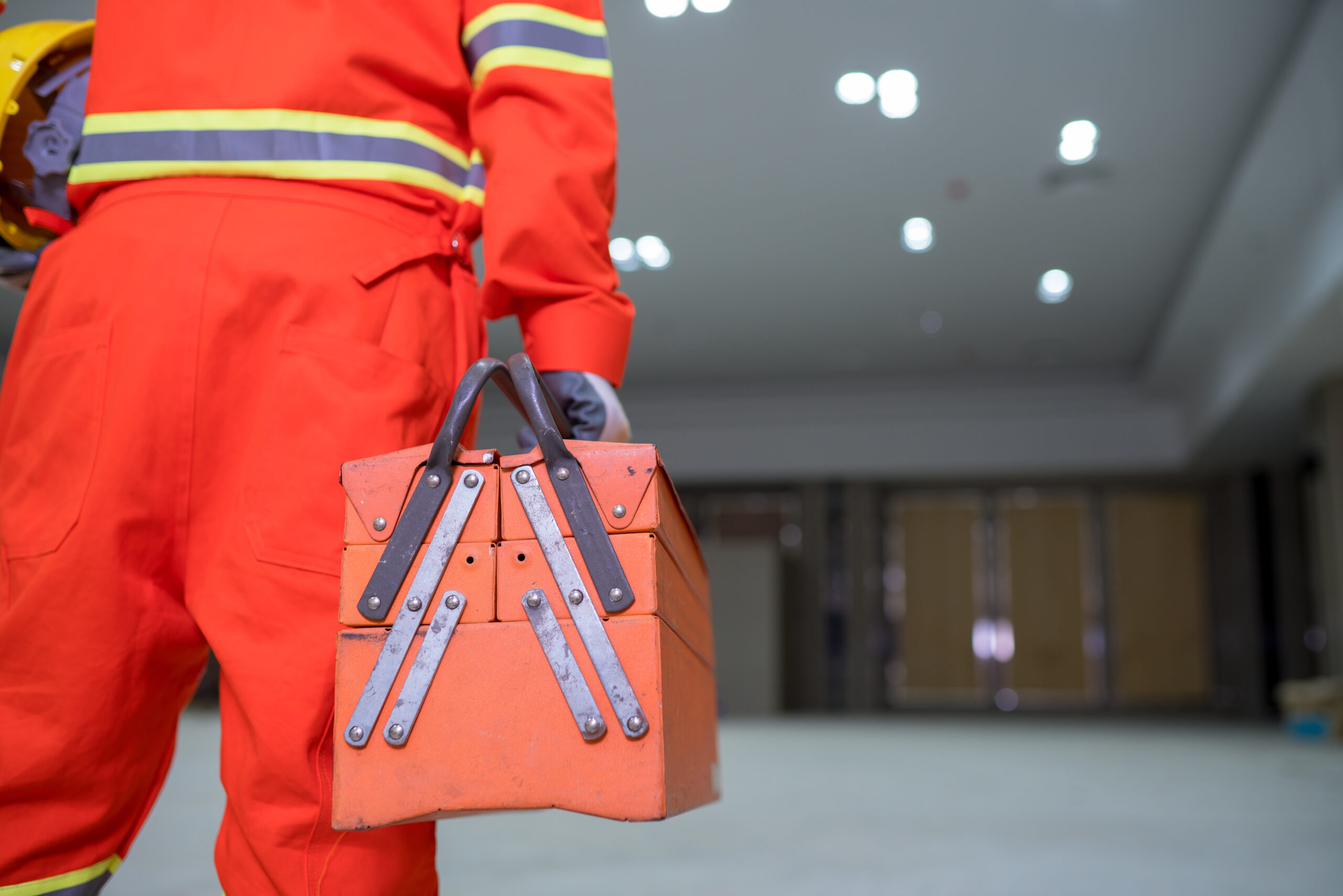
A new report calls for more specialised and robust secondary pathways to trades educations. © EmmaStock - stock.adobe.com
<h2><span data-contrast="auto">A new report from the New Zealand Initiative is calling for a stronger secondary pathway for trades, including the establishment of a new qualification for industry training.</span><span data-ccp-props="{}"> </span></h2>
<p><span data-contrast="auto">The report, titled </span><i><span data-contrast="auto">Trade Routes: Charting New Pathways from Secondary School to Industry Training</span></i><span data-contrast="auto">, outlines the current fragmented routes to industry training and argues that trades is devalued in favour of university education. </span><span data-ccp-props="{}"> </span></p>
<p><span data-contrast="auto">Its author is Michael Johnston, the same academic behind recent sweeping reforms to education. He argues that the “cultural esteem” of trades needs to be raised and says this can be achieved by ensuring clear pathways to trades and positioning vocational training on equal footing with university pathways, in part through a dedicated qualification.</span><span data-ccp-props="{}"> </span></p>
<p><a href="https://www.schoolnews.co.nz/latest-print-issue/" target="_blank" rel="noopener"><b>Read the latest print edition of <em>School News</em> online HERE.</b></a></p>
<p><span data-contrast="auto">Currently, only six percent of school leavers take industry-training pathways. </span><span data-ccp-props="{}"> </span></p>
<p><span data-contrast="auto">“The situation represents a waste of human capital and opportunity. Industry training can lead to many high-demand vocations,” said Johnston. </span><span data-ccp-props="{}"> </span></p>
<p><span data-contrast="auto">Johnston’s report compares this to countries such as Germany, which has a strong trades pathway built into their education system. There, around half of school leavers go into industry training. Taking cues from the German model, one of Johnston’s proposals includes allowing some schools to become “trades specialist” schools. </span><span data-ccp-props="{}"> </span></p>
<p><span data-contrast="auto">“You would have some schools that were from Year 11 on perhaps geared toward university and others geared toward apprenticeships. That would raise the prominence of the trade training track and give students a clear option,” said Johnston. </span><span data-ccp-props="{}"> </span></p>
<p><span data-contrast="auto">Johnston also wanted to establish a specific qualification for school leavers planning to take a trades pathway. </span><span data-ccp-props="{}"> </span></p>
<p><span data-contrast="auto">“While UE provides a clear pathway to university, there is no similarly well-signalled pathway into post-school vocational education,” reads the report. It continues that this new qualification should be based on existing Vocational Pathways. </span><span data-ccp-props="{}"> </span></p>
<p><span data-contrast="auto">Johnston’s report said that these changes would rely on an overhaul of the Tomorrow’s Schools system, saying the current model doesn’t allow for the wide-spread cooperation necessary to deliver his propsals. </span><span data-ccp-props="{";335559685";:0}"> </span></p>
<p><span data-contrast="auto">The New Zealand Institute is currently preparing another, separate report on school reform that would bear “both similarities and differences” to proposals made in the Tomorrows Schools Independent Taskforce report published in 2018.</span><span data-ccp-props="{}"> </span></p>
<p><span data-contrast="auto">The full report and its recommendations can be found </span><a href="https://www.nzinitiative.org.nz/reports-and-media/reports/trade-routes-charting-new-pathways-from-secondary-school-to-industry-training/" target="_blank"><span data-contrast="none">here</span></a><span data-contrast="auto">.</span><span data-ccp-props="{}"> </span></p>
<p><strong><a href="https://www.schoolnews.co.nz/2025-ai-in-education-survey/" target="_blank" rel="noopener">Do you, your students and/or your school use generative AI? Take our anonymous survey here! Results will be used to inform our upcoming term two special report on AI in education.</a></strong></p>

NZCER found generative AI tools are frequently used to support teaching and learning in primary…
The Ministry decision to discontinue a reading resource over kupu Māori has angered the sector…
NCEA was designed to broaden educational success, explains David Pomeroy from the University of Canterbury.
More than just a break from the classroom, a visit to a zoo or wildlife…
Without proper maintenance and care, trees can become a hazard. Are your trees in need…
Loneliness and social disconnection negatively impact wellbeing. A new WHO report finds teens feel the…
This website uses cookies.